Brewing Hints: Brew in freshly boiled water for three to four minutes
Leaf: SFTGFOP1 (Special Fancy Tippy Golden Flowery Orange Pekoe)
Origin: The Foothills of the Himalayas in North-East India
Characteristics: A rich flavour and exquisite bouquet, reminiscent of muscatel
Serving Suggestions: Usually enjoyed as an afternoon tea, alone, or with light foods
Buy Online - £7.94 – £62.03
 Click & Collect Available From Our Store
Click & Collect Available From Our Store
Orders placed before 12:00 pm available for collection next day*
*Orders placed after 12pm Friday will be ready for Monday. View terms
Product Description
Darjeeling is situated 6,000 feet above sea level in the foothills of the Himalayas in North-East India. Its monsoon climate and soil type contribute to the distinctive and flavorful characteristics of this tea, which includes the highly sought-after muscatel and floral bouquet.
Darjeeling is a district in West Bengal located in the Mahabharat range (also known as the lesser Himalayas) with an average altitude of 6710ft (2045.2m). In 2003 Darjeeling became the 1st Indian product to receive a GI tag (GI stands for Geographical Indicator of Goods). Until this point adulteration and falsification were serious problems, for example in 2004 the amount of Darjeeling tea sold in the world exceeded 40,000 tonnes however in this year Darjeeling itself only produced 10,000 tonnes! The tea board of India issues the Darjeeling certification mark, which is applied to tea that has been cultivated, grown, produced, manufactured and processed in the officiated Darjeeling tea gardens.
Darjeeling was first planted with tea in 1841 by Dr Arthur Campbell of the Bengal Medical Service using tea seeds stolen from China. Commercial development of tea planting in Darjeeling began in the 1850s and then in mid-1860, the Darjeeling Company was established with 4 tea gardens.
Currently, there are 87 operational tea gardens in Darjeeling covering nearly 47,000 acres. There are approximately 52,000 permanent workers employed on these estates with an additional 15,000 contract workers during the plucking season!
In Darjeeling heavy rains fall between July and September and once these rains stop, the tea bushes start growing again and produce leaves that some gardens process as black teas and some gardens process as green teas. Mid-season Darjeeling tea is quite a plentiful harvest and the black teas produced at this time are lower priced but still retain some of the essential Darjeeling characteristics such as the floral bouquet and a clean liquor.
When Darjeeling is suitably brewed it gives a light bodied, light coloured infusion with a floral or muscatel aroma. Darjeeling is classed in the trade as a black tea, however almost all Darjeeling teas are less than 90% oxidised, so to be pedantic they are more Oolong than black.
The majority of India is planted with the tea variety Camellia Sinensis Assamica, however Darjeeling is normally made from the original Chinese variety of tea bush, Camellia Sinensis. There are many varieties of Darjeeling made: oolong, green and white varieties but the most popular of these types is the famous Darjeeling Black Tea. Our Darjeeling is from the popular Goomtee Estate, and its leaf grade is classed as ‘Finest Tippy Golden Flowery Orange Pekoe Number 1’ (FTGFOP1), which can be easily remembered by saying that this tea is ‘Far Too Good For Ordinary People’!
We sell 3 types of Darjeeling Tea, namely a 1st flush Darjeeling, a 2nd flush Darjeeling and this mid-season Darjeeling. This mid-season Darjeeling represents excellent value for money as it is more competitively priced than 1st flush and 2nd flush Darjeeling and still maintains many of their endearing characteristics.
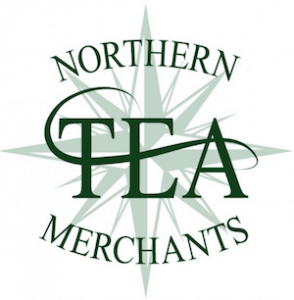
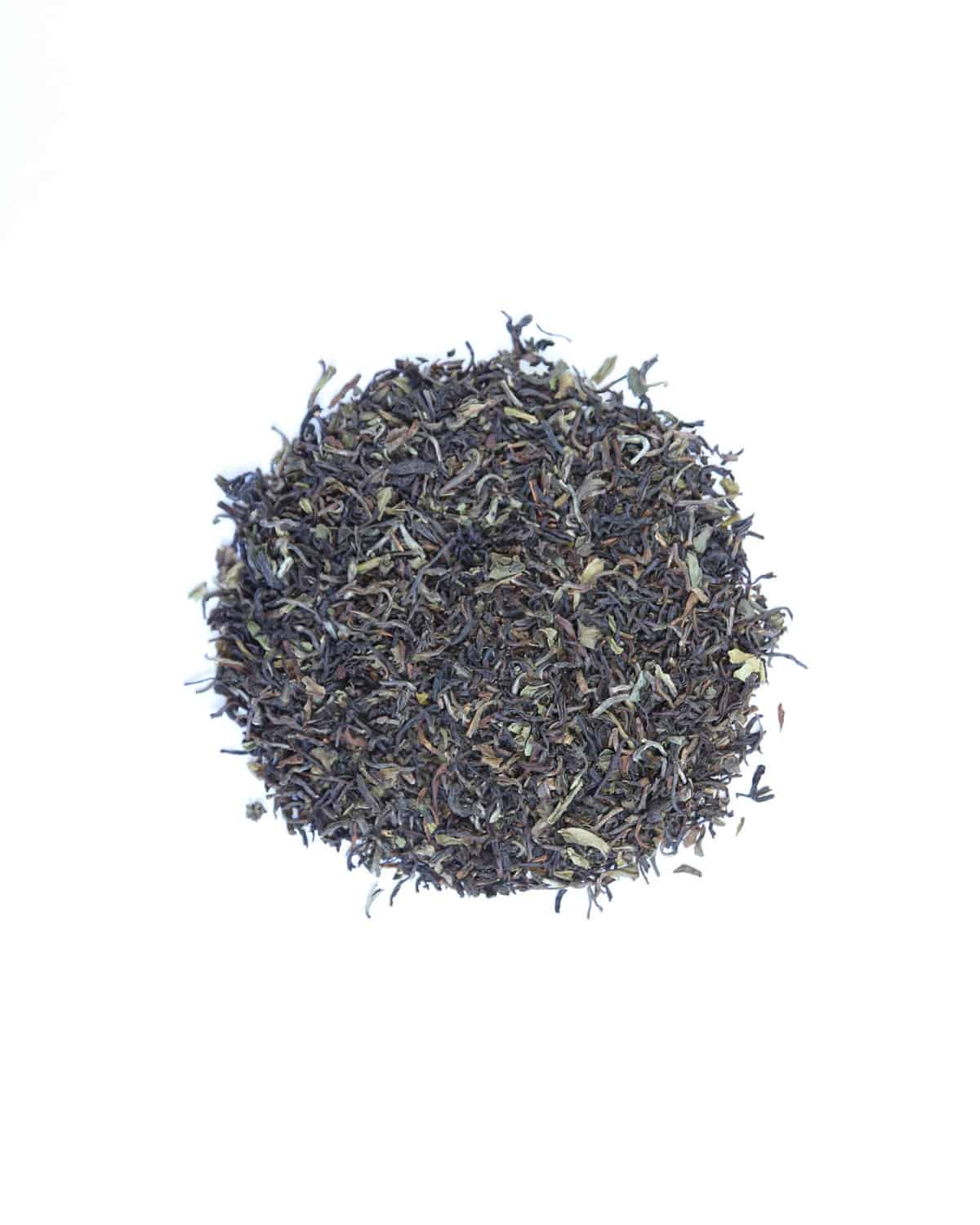
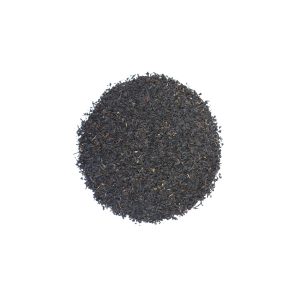
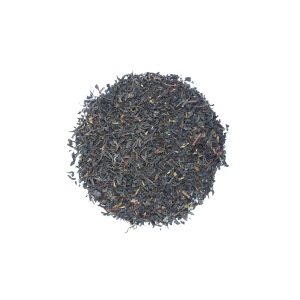
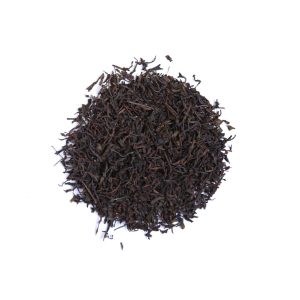
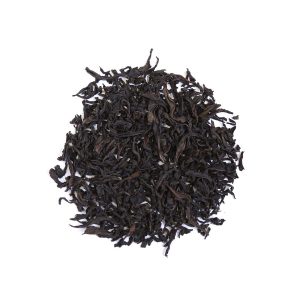
Reviews
There are no reviews yet.